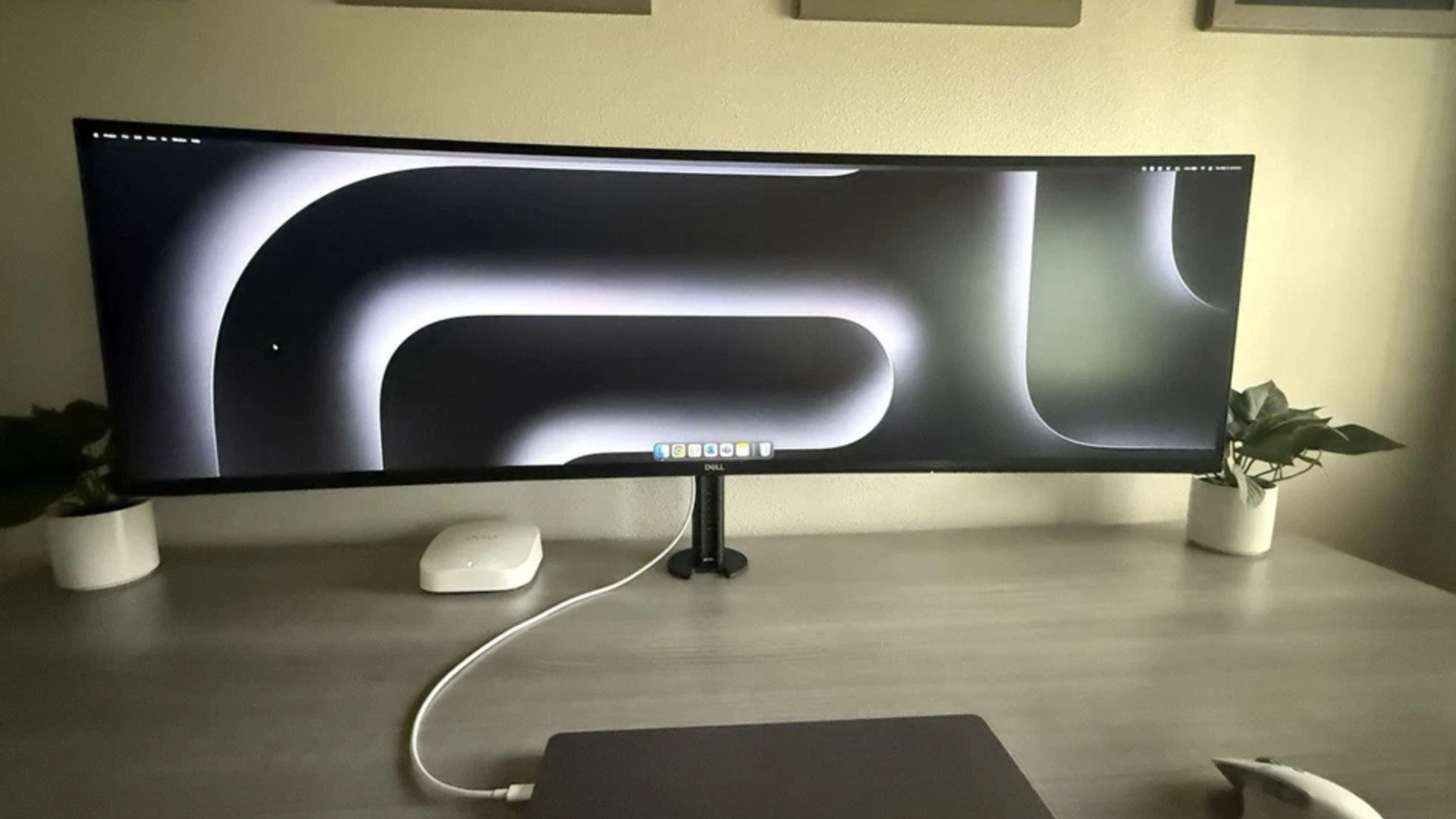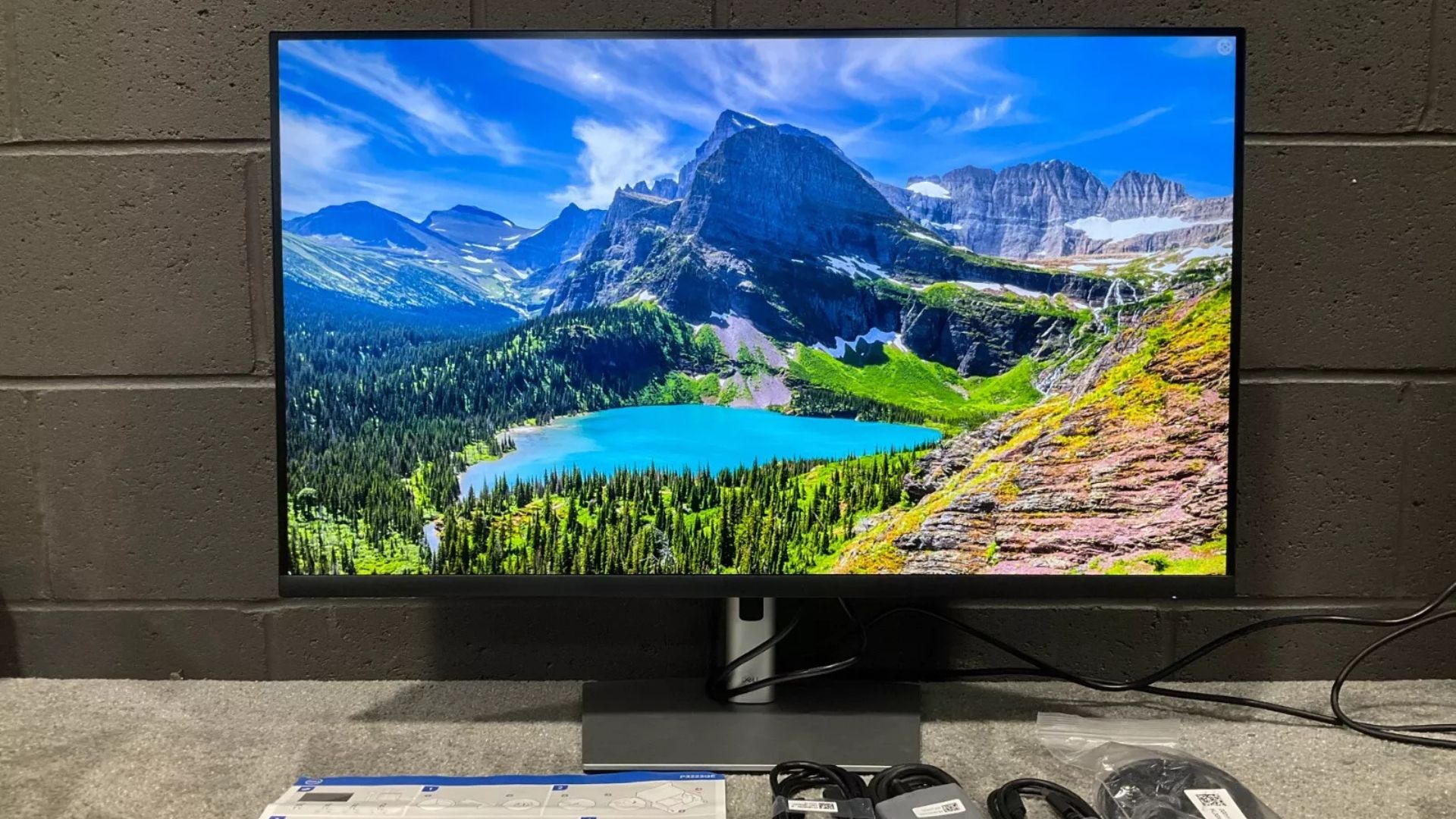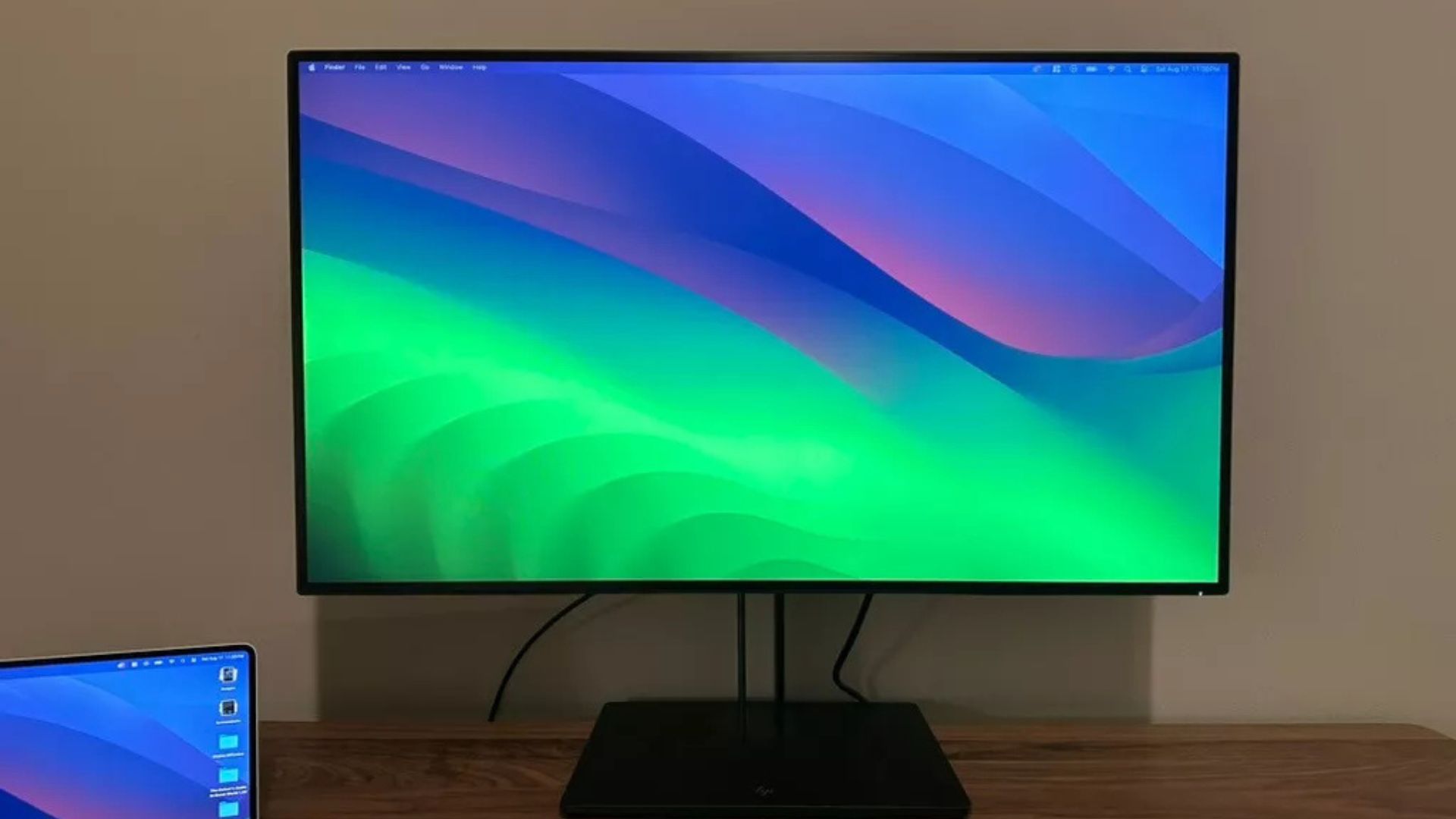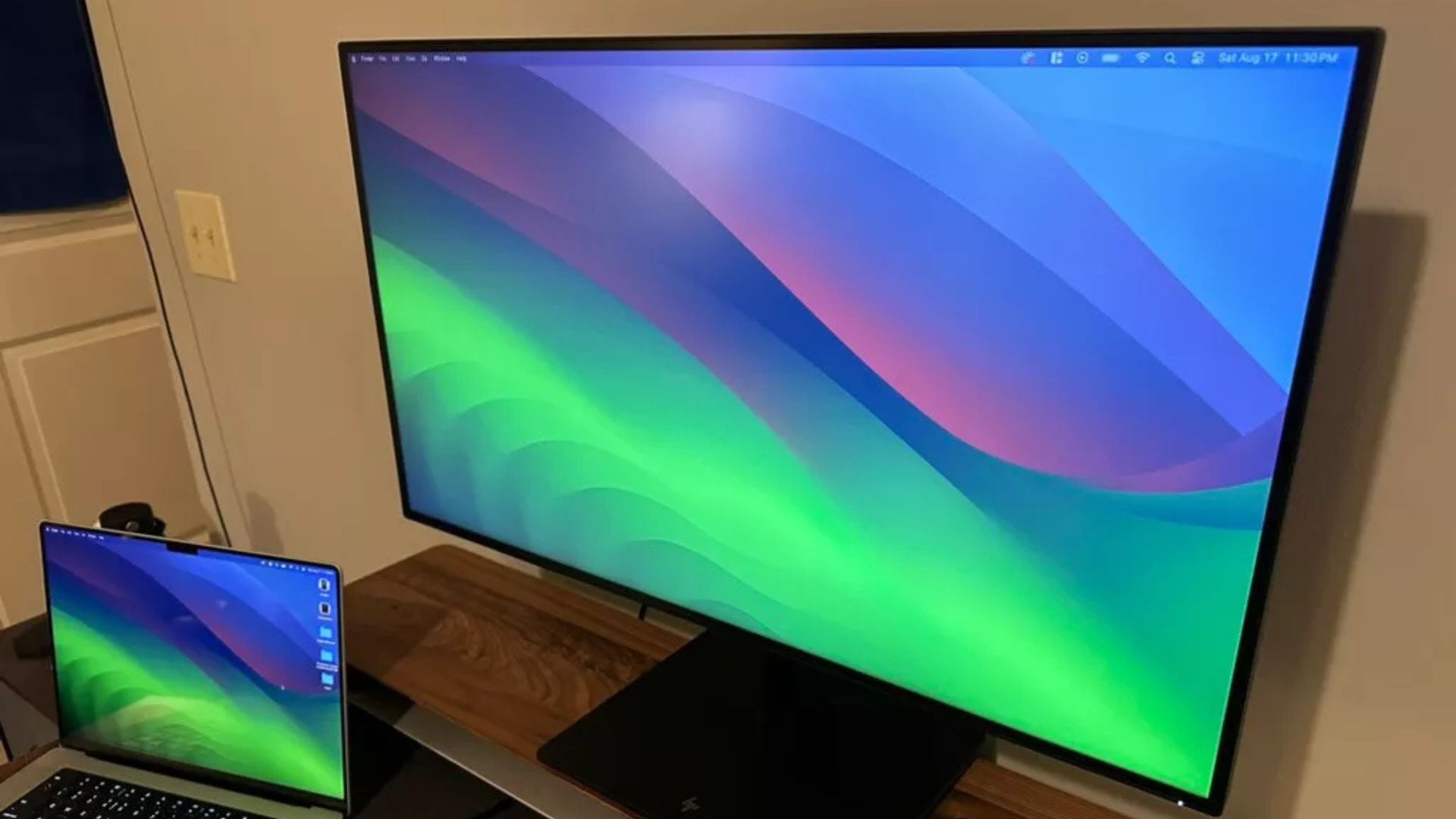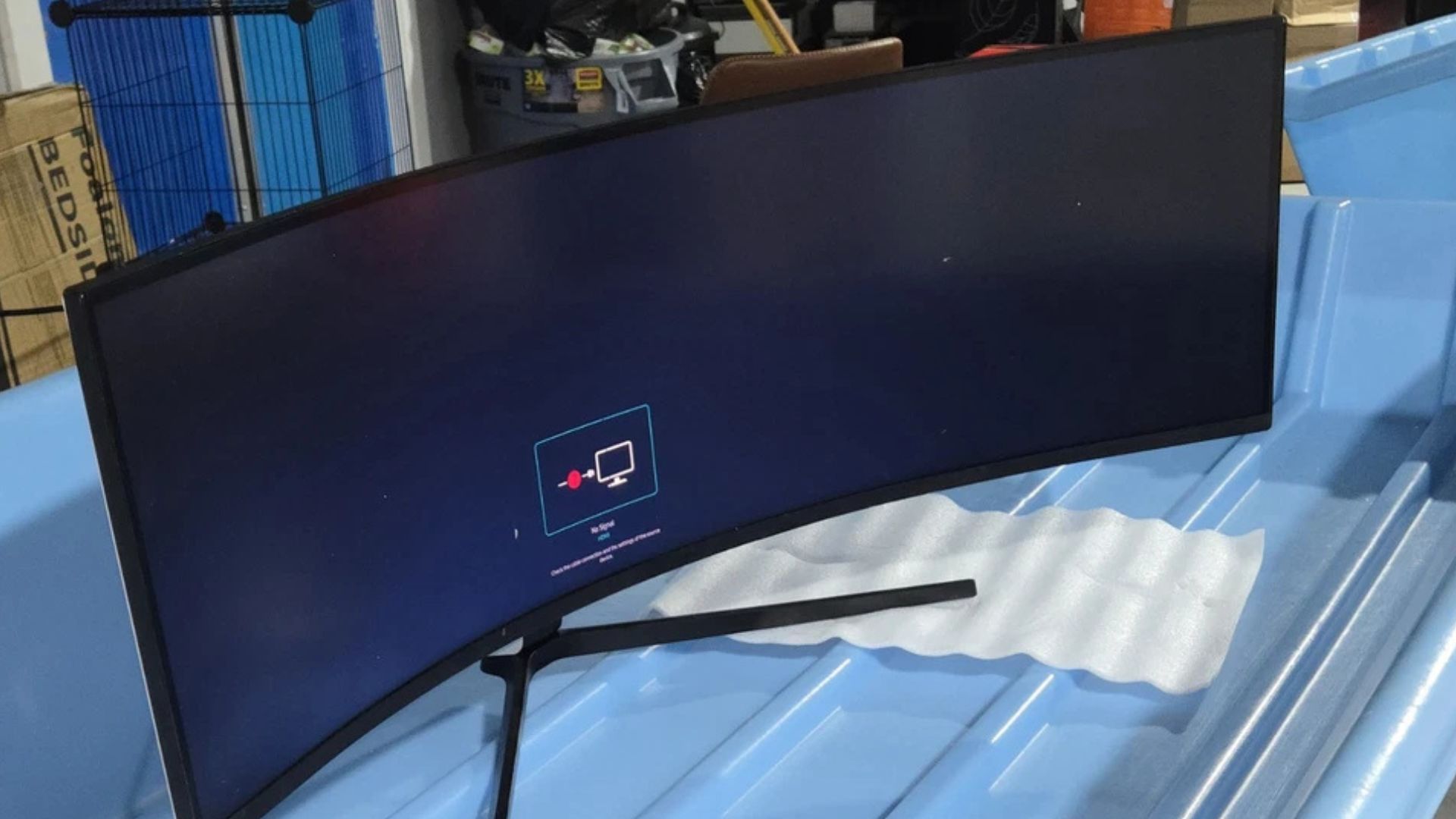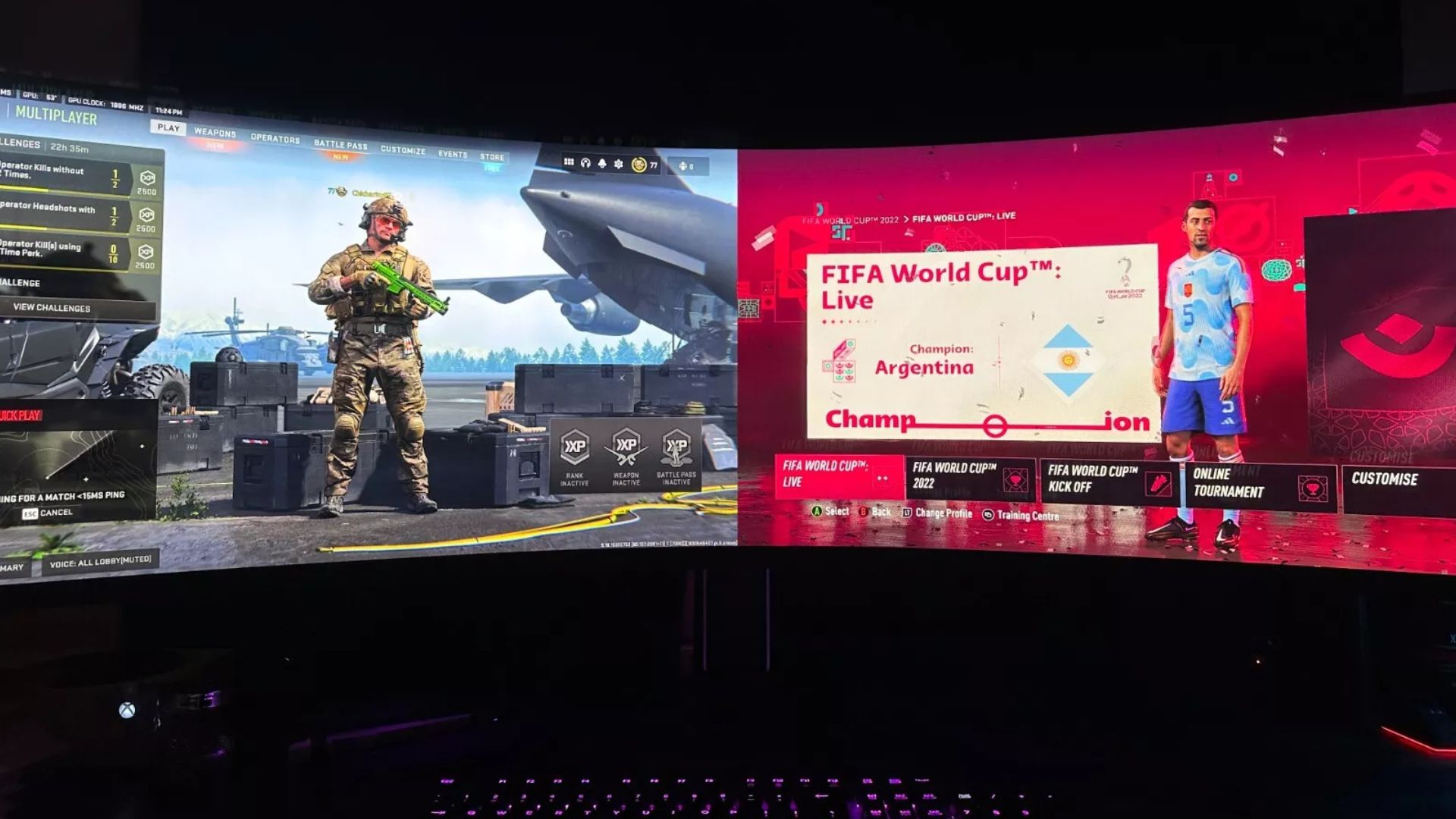Display resolution impacts how we experience visuals, whether for gaming, streaming, or professional work. Terms like 4K, 5K, and 8K often appear in product descriptions, but what do they mean?
This blog post explores the differences between 5K, 4K, and 8K resolutions. We’ll cover pixel counts, visual quality, practical uses, and more. By the end, you’ll understand which resolution suits your needs best.
What Do 4K, 5K, and 8K Mean?
Resolution measures the number of pixels a display uses to create an image. More pixels mean sharper and more detailed visuals. Here’s a quick breakdown:
-
4K: Known as Ultra HD, 4K offers 3840 x 2160 pixels. That’s about 8.3 million pixels total.
-
5K: This resolution steps up to 5120 x 2880 pixels, totaling around 14.7 million pixels.
-
8K: The highest mainstream option, 8K delivers 7680 x 4320 pixels, or roughly 33.2 million pixels.
Each jump in resolution increases pixel density. This enhances clarity, especially on larger screens. But how do these numbers translate to real-world differences? Let’s dive deeper.
Comparing Pixel Density and Visual Quality
Pixel density, measured in pixels per inch (PPI), determines how sharp an image looks. Higher resolution means more pixels packed into the same space, improving detail. However, the difference depends on screen size and viewing distance.
For example, on a 27-inch monitor:
-
4K provides a PPI of about 163.
-
5K raises this to 218 PPI.
-
8K reaches an impressive 326 PPI.
At typical viewing distances (2-3 feet), 5K looks noticeably sharper than 4K. However, the leap from 5K to 8K is harder to spot unless you’re very close or using a massive screen. Studies from the Consumer Technology Association (CTA) suggest human eyes struggle to discern 8K benefits beyond 50 inches unless viewed up close.
Practical Uses for Each Resolution
Each resolution serves distinct purposes. Your choice depends on your goals, budget, and hardware.
4K: The Mainstream Standard
4K dominates TVs, gaming consoles, and streaming platforms. Netflix and YouTube widely support it. It balances quality and affordability. Most modern GPUs, like the NVIDIA RTX 3060, handle 4K gaming smoothly. For everyday use, 4K satisfies most users.
5K: The Creative Professional’s Choice
5K shines in creative fields. Designers, photographers, and video editors benefit from its extra pixels. Apple’s 27-inch iMac, with its 5K Retina display, showcases this resolution’s clarity. It offers more workspace than 4K without straining mid-range hardware.
8K: The Future-Proof Option
8K targets enthusiasts and professionals with cutting-edge needs. It excels in large-scale displays or VR headsets demanding ultra-high detail. However, content remains scarce. Only a few platforms, like YouTube, offer 8K videos. High-end GPUs, such as the NVIDIA RTX 4090, are required for smooth performance.
Performance and Hardware Requirements
Higher resolutions demand more processing power. This affects both display devices and content creation tools.
4K Hardware
Most mid-range PCs and consoles, like the PlayStation 5, support 4K. Bandwidth needs hover around 15-25 Mbps for streaming, per Netflix recommendations.
5K Hardware
5K requires a step-up in GPU and CPU power. Displays like the Dell UltraSharp 5K monitor need DisplayPort 1.4 or Thunderbolt connections. Bandwidth demands increase slightly, but compatibility remains broad.
8K Hardware
8K pushes limits. You’ll need top-tier GPUs and HDMI 2.1 or DisplayPort 2.0 cables. Streaming 8K content requires 50+ Mbps internet speeds. This makes 8K less practical for most users today.
Cost Comparison: Is It Worth the Upgrade?
Price often dictates resolution choices. Here’s a snapshot of typical costs:
|
Resolution
|
Monitor Example
|
Price Range (USD)
|
Target Audience
|
|---|---|---|---|
|
4K
|
LG 27UN850-W
|
$300–$500
|
General users, gamers
|
|
5K
|
Apple iMac 27-inch
|
$1,500–$2,000
|
Creatives, professionals
|
|
8K
|
Samsung QN800A 65-inch TV
|
$2,500–$4,000
|
Enthusiasts, early adopters
|
4K offers the best value for most. 5K justifies its cost for specific workflows. Meanwhile, 8K’s premium price suits those investing in future-proof setups.
Key Differences Between 5K, 4K, and 8K
To better understand these resolutions, let’s compare them side by side:
| Feature | 4K | 5K | 8K |
|---|---|---|---|
| Resolution | 3840 x 2160 | 5120 x 2880 | 7680 x 4320 |
| Pixel Count | ~8.3 million | ~14.7 million | ~33.2 million |
| Best For | Gaming, streaming | Professional editing | Future-proofing |
| Content Availability | Widely available | Limited | Very limited |
| Price | Affordable | Expensive | Very expensive |
Content Availability and Ecosystem
Resolution matters only if content supports it. 4K enjoys widespread adoption. Movies, games, and apps optimize for it daily. 5K finds a niche in professional software like Adobe Photoshop. In contrast, 8K struggles with limited native content. Upscaling tech helps, but it’s not true 8K quality.
For instance, a 2024 report from Statista notes that 4K TVs account for 60% of global shipments, while 8K sits below 5%. This gap highlights 4K’s dominance and 8K’s slow growth.
Which Resolution Should You Choose?
Your decision hinges on use case and budget. Stick with 4K for versatile, cost-effective performance. Opt for 5K if you’re a creative needing extra detail. Reserve 8K for future-ready setups or massive displays. Consider your hardware and content availability too.
In short, 4K meets most needs today. 5K bridges quality and practicality. 8K waits for broader adoption. Assess your priorities, and choose wisely.


